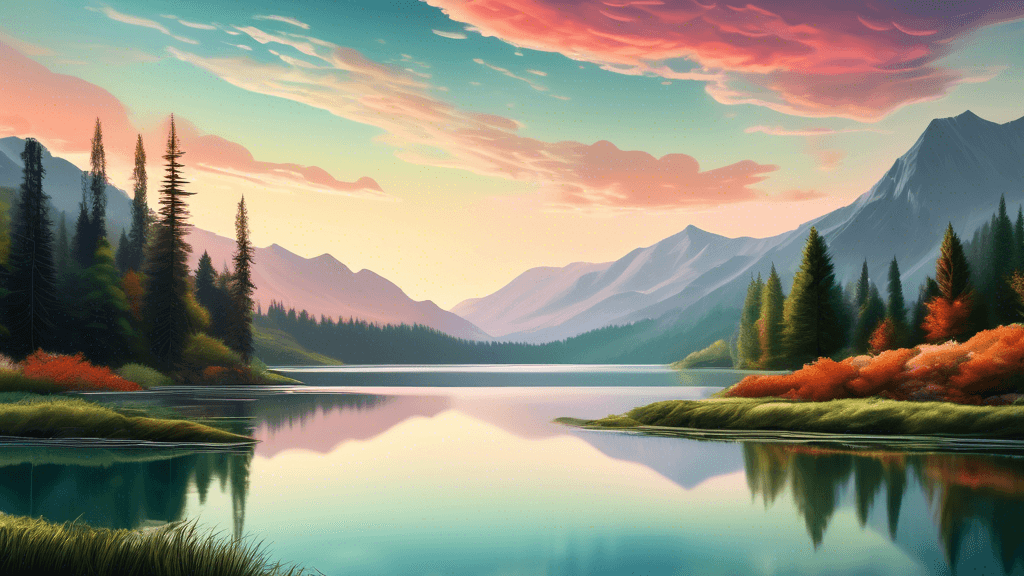
Capturing Nature: Top Landscape Photography Exhibitions
Share
The Art and Importance of Landscape Photography
Landscape photography does more than merely capturing beautiful shots of the natural world. It embodies an artistic pursuit steeped in patience, precision, and an eye for the astonishing beauty that surrounds us. But why should we pay attention to landscape photography, and what can top exhibitions teach us about our world and ourselves?
Why Landscape Photography Matters
Landscape photography is not just an art; it is a narrative tool that educates and inspires. Through the lens of skilled photographers, viewers are transported to regions untouched and often unseen by the average person. This form of art plays a crucial role in environmental conservation, helping to raise awareness about the beauty and fragility of our natural environments. As acclaimed photographer Ansel Adams once said, A good photograph is knowing where to stand. This rings especially true in landscape photography, where the vantage point can speak volumes about environmental storytelling.
Learning from the Masters: Notable Landscape Photography Exhibitions
There are countless talented photographers whose work brings unseen corners of the earth to the forefront of public consciousness. Here are some of the top landscape photography exhibitions that have made significant impacts:
- The National Geographic Exhibit: Featuring a rotating showcase of some of the world’s most breathtaking landscapes, this exhibition combines stunning imagery with stories of adventure and discovery.
- Earth as Art: Leveraging shots from satellite imagery, this exhibition at the Library of Congress showcases how views from space can transform our perception of Earth.
- Ansel Adams in the National Parks: Focusing on Adams’ legendary monochrome photographs, this exhibition displays the profound beauty and grandeur of American national parks.
What Makes a Great Landscape Photograph?
Great landscape photography transcends basic aesthetics. It involves several crucial elements:
- Composition: Mastery in framing the shot and capturing the right elements can dictate the impact of the photograph.
- Light: Understanding the play of lights and shadows can significantly enhance the mood and emotional undercurrent of the image.
- Story: Perhaps most importantly, each photograph should tell a story or convey an emotion, connecting the viewer to the scene in a profound way.
Renowned wilderness photographer Galen Rowell emphasized the narrative potential of landscapes, stating, Landscapes are culture before they are nature; constructs of the imagination projected onto wood and water and rock.
How Can We Engage More Deeply?
Engaging with landscape photography requires more than passive viewing. Here are ways to deeply connect with and support this art form:
- Visit exhibitions: Physical or virtual tours of exhibitions can not only support the photographers but also the galleries and museums that showcase their work.
- Participate in workshops: Many landscape photographers offer workshops that can provide firsthand experience and education in the art of capturing nature.
- Support conservation efforts: Often, the subjects of these photos—the landscapes themselves—are under threat. Supporting conservation initiatives helps protect these precious sites.
In conclusion, landscape photography exhibitions offer a unique lens through which we can view and appreciate the natural world. These exhibitions not only showcase the earth’s vast beauty but also remind us of our responsibility to preserve these landscapes for future generations. Whether you are a budding photographer or a seasoned art collector, immersing yourself in this genre can be a deeply rewarding experience. Why not plan your next visit to a landscape photography exhibition or pick up your camera to capture the beauty of nature through your own eyes?





